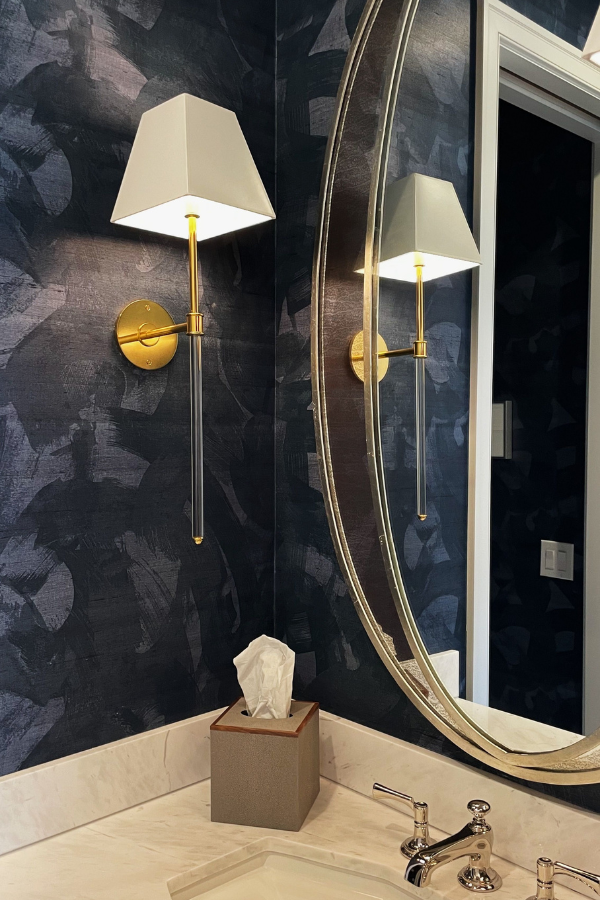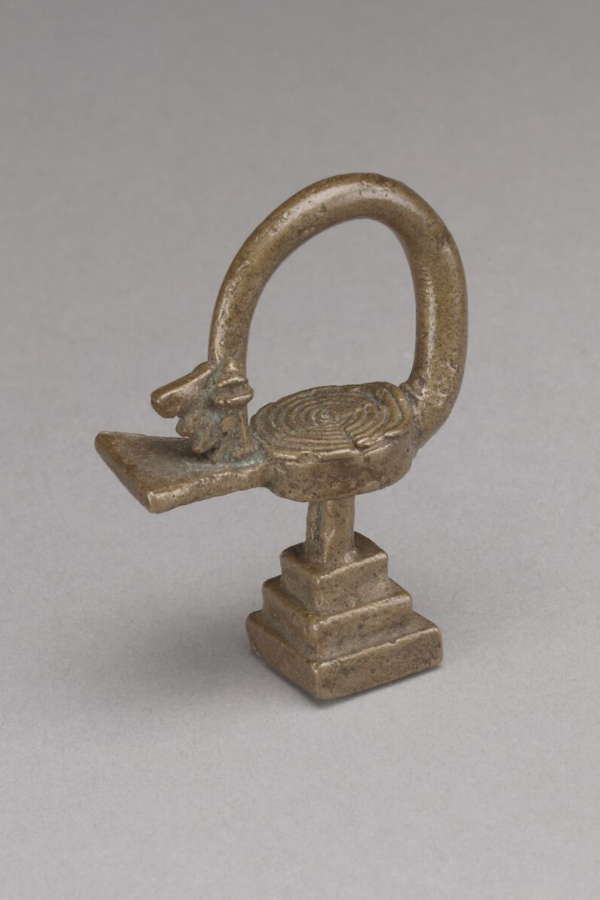
How Will AI Affect Interior Design Procurement?
Summary
AI is already reshaping design procurement by speeding up catalog searches, smoothing spec sheets, and automating quotes. But it still can’t replace the judgment, instincts, and relationships that keep projects on track. Expect software to handle the repetitive data work, while people focus more on strategy, taste, and client trust. The firms that adapt to this balance will stay leaner and move faster.
Reflection Questions
Where in your current procurement workflow could automation remove friction without compromising judgment or client service?
How might over-reliance on AI tools affect the uniqueness and creativity of your firm’s sourcing process?
What soft skills—negotiation, relationship management, financial fluency—do you personally need to strengthen to stay indispensable as AI grows in this space?
Journal Prompt
Think about a time when your instincts or relationships saved a project from going sideways—maybe catching a vendor error, pushing back on a freight quote, or finding the right alternative when a finish didn’t match the client’s vision. Write about that experience, and then reflect on how (or if) AI could have played a supportive role. What parts of that moment required your human judgment, and how might you preserve that value as more procurement tasks become automated?
Procurement has always been one of the most time-consuming parts of running a design firm and, while it might not seem very glamorous, it’s essential. As most of our readers already know, this process happens after the drawings are done but before installation happens. Procurement agents and purchasing/logistics coordinators spend their work days chasing quotes, confirming stock, fixing mistakes, tracking deliveries, and so much more. Clients might not see it, but every designer knows how much time it takes and how it keeps a project on track within specs. Now software companies are promising that AI can “streamline” this work. Some of it already has. Whether that’s a good thing for the people doing the job (and their design firms) is still an open question. Let’s get into it.
What AI Is Already Doing in Design Procurement

As we all know, AI isn’t a distant form far out on the horizon; it’s already built into many platforms firms use every day. Ordering portals and vendor marketplaces now include predictive search, auto-matching finishes, and even visual search tools. Drop in a photo, type a vague description, and the system will pull a shortlist of options. Some platforms are experimenting with instant availability checks and automated spec sheets.
That definitely speeds things up. It means fewer blind catalog searches and fewer back-and-forth emails with reps. But it doesn’t make judgment calls for you. The software can narrow choices, but it won’t catch that a finish looks different in daylight, or that a client’s version of “ivory” isn’t the same as the vendor’s.
Where AI Helps
Most designers don’t realize how much AI is already embedded in the platforms they use.
“AI can facilitate that direct connection to buying furniture, but it’s lacking in other areas.” —Melissa Grove on The DesignDash Podcast
For example, Studio Designer has added some automation around proposals, invoicing, and vendor orders so product data flows directly into procurement instead of being retyped in three places. Programa is going further with FF&E schedules and order management in a single dashboard.
Gather and Thesheet do the same with a slightly cleaner, lighter footprint because their platforms are aimed at teams that don’t want the weight of a full accounting system. Houzz Pro’s Visual Match will also suggest lookalike products from its Marketplace when you upload an image, while Vishion lets you search vendors by color.
All of this speeds things up. Fewer blind catalog searches, fewer “just checking stock” emails, and fewer transcription errors.
What It Can’t Do (Yet)

AI is quick with data, but it’s not great with nuance. A client might say “ivory,” and you already know that could mean three or four very different finishes, none of which are guaranteed to be in stock when you need them. Or a fabric that looks perfect in the vendor’s photo shows up with the wrong scale or sheen once you get the sample in hand. Those are the judgment calls best made by people with real experience, not algorithms pulling from the internet.
“Interior design is inherently a luxury business and making sure that we’re staying true to that and that we don’t dive into AI so much that we downplay what we do. The reality is that we’re providing a high-level luxury service for a discerning client who is looking for that.” —Tracee Murphy on The DesignDash Podcast
That’s one reason why procurement roles aren’t going anywhere. Someone still has to double-check the PO when a vendor mis-types a SKU. Someone still has to look at a freight quote and know it feels too high, or remember which rep will actually pick up the phone when something’s delayed. Those instincts are built project by project, mistake by mistake. No software is carrying that.
So far, AI tools just help around the edges. They make catalog searches faster, spec sheets cleaner, availability checks a little less painful. Useful, sure. But they don’t replace the eyes and relationships that keep a project out of trouble.
Risks AI Poses for Design Firms
Faster isn’t always better. Relying too heavily on automated results can backfire. If a tool pulls an out-of-date price or suggests a discontinued finish, the fallout will still land on your firm; you can’t just punt to the software. And if everyone is searching from the same database, it’s easy for sourcing product to start looking very predictable. Clients don’t hire you for predictable.
Where This Leaves Designers

Most likely, procurement will split in two. Software will handle the repetitive work: checking lead times, filling spec sheets, organizing quotes. People will keep the parts that require trust and taste: talking with clients, defending the budget, making the final calls, helping with change orders, timing delivery for installation, etc.
In practice, that means fewer hours parsing data and more time shaping the project. Firms that adjust to that balance sooner will probably move faster and stay leaner. The rest may keep spinning their wheels.
Fuel your creative fire & be a part of a supportive community that values how you love to live.
subscribe to our newsletter
*please check your Spam folder for the latest DesignDash Magazine issue immediately after subscription

What About Procurement Agents and Purchasing Coordinators?
If you’re working in purchasing or logistics, the impact of AI won’t be hypothetical; you’re already feeling the effects. Order trackers update themselves. Quotes arrive in minutes instead of days. Lead times are flagged automatically. The day-to-day looks a lot different than it did five years ago.
That doesn’t mean your role has shrunk or become obsolete. If anything, it highlights why procurement staff matter. You’re the one catching the vendor typo before it derails an install. You’re the one reading a freight bill and knowing the surcharge looks wrong. You’re the one managing relationships so a rep actually takes your call when a shipment is late. Those are the things software can’t compete with.
The Limits of Automation

A spreadsheet can tell you which bid is cheapest. It can’t tell you which vendor is unreliable. It can show you the “guaranteed” delivery date. It can’t tell you that the truck won’t actually leave the warehouse until next week.
Put simply, AI can flag the options, but it can’t see the red flags.
The Risk and the Opportunity
Some firm owners may look at automation and think about trimming staff. But the firms that thrive will still need procurement pros who can read the numbers, push back when something doesn’t look right, and negotiate when vendors dig in. That’s the work that protects profit margins. That’s also the work that keeps projects moving on schedule.
Skills That Will Carry You Forward
If you’re wondering where to focus, think about the skills that software can’t possibly embody: soft skills. Vendor relationships. Negotiation under pressure. Problem-solving when freight gets stuck halfway across the country. Pair those with financial fluency like the ability to explain tariffs, warehousing fees, or currency shifts in plain language to a principal or a client and you’re golden. That combination is what separates someone who just “places orders” from someone who drives a project forward.
Final Thoughts

Regarding AI in procurement, expect the clerical load to shrink. But expect the advisory, strategic side of procurement to expand. Those who step into that space and fill gaps left open by AI will be the ones who prove indispensable.
Inside the DesignDash Community, firm owners are already trading notes on which platforms are experimenting with AI, how reliable they’ve been, and where the pitfalls lie. The consensus so far is that it’s promising, but it still needs a human hand on the wheel.
Some designers are vehemently against AI, though. Where do you land? Let us know in the comments below.
Before You Go…Here’s What to Watch
- Vendor adoption. Some manufacturers are already experimenting with AI-driven ordering portals; others are years behind. Everyone won’t move at the same pace.
- Integration with design software. Picture sourcing tied directly into your CAD or Revit file; dimensions and availability update automatically.
- Client expectations. As consumers get used to instant answers elsewhere, they may expect the same speed in design projects.
Written by the DesignDash Editorial Team
Our contributors include experienced designers, firm owners, design writers, and other industry professionals. If you’re interested in submitting your work or collaborating, please reach out to our Editor-in-Chief at editor@designdash.com.











